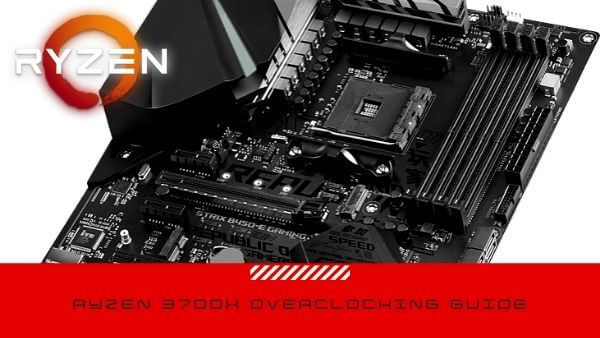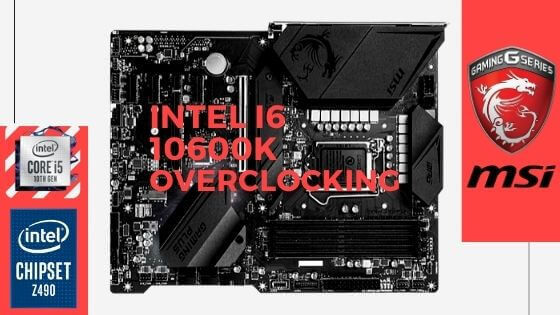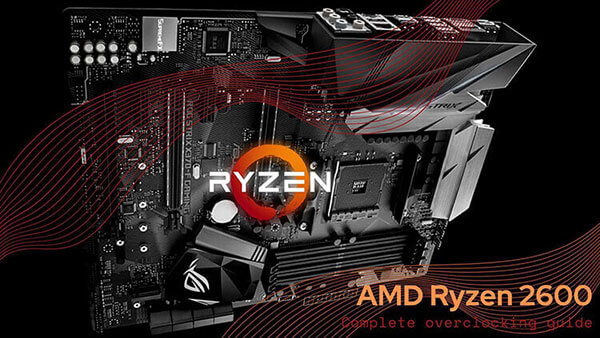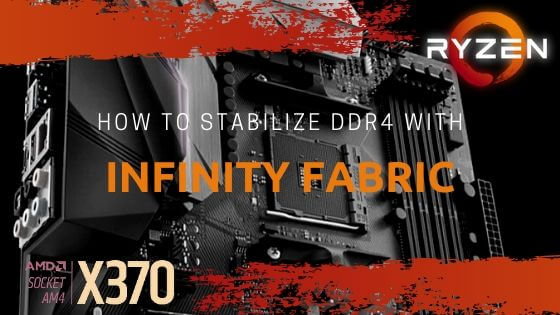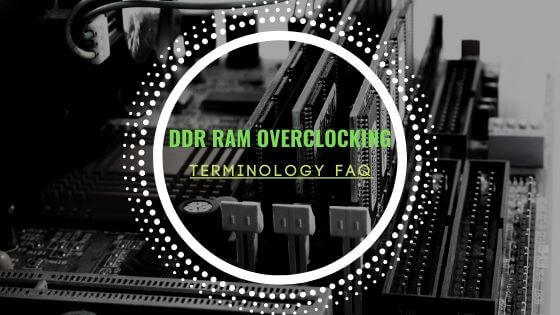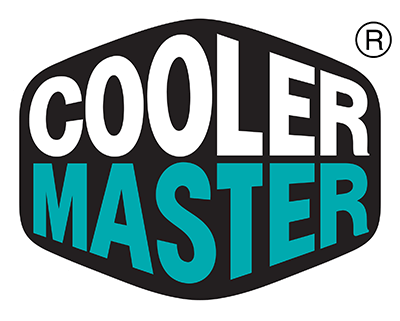
- Tech, OC'ing, SEO and more
- Hits: 260977
Article Index
PCB and IC"s
This is the bread and butter of overclocking your RAM kit. The better your ICs and PCBs are, the better your overclocking potential will be. To verify what your PCB and IC's use Thaiphoon Burner and read one of your RAM sticks. Open Thaiphoon Burner and select Read then select any of the installed RAM sticks by selecting an SPD.
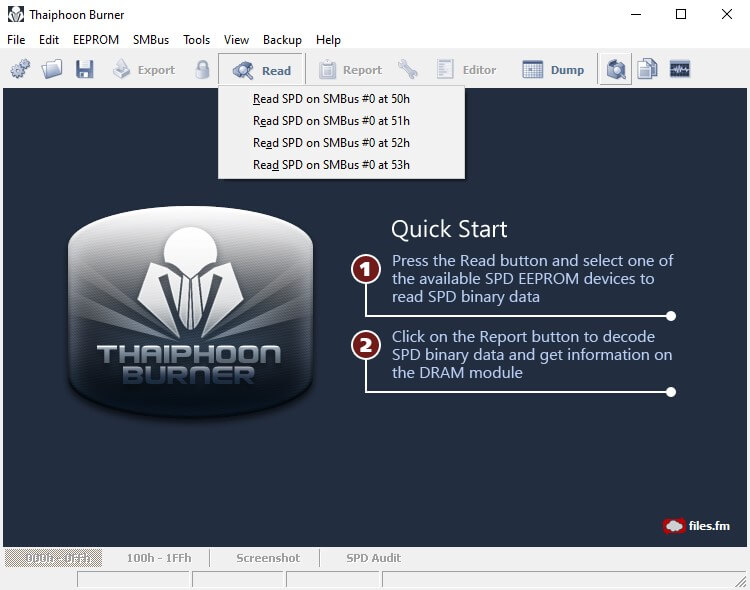
Now you will get a readout of your specific RAM stick, and this should be the same on all RAM sticks. To gauge the potential overclocking reference the example Thaiphoon Burner illustration.
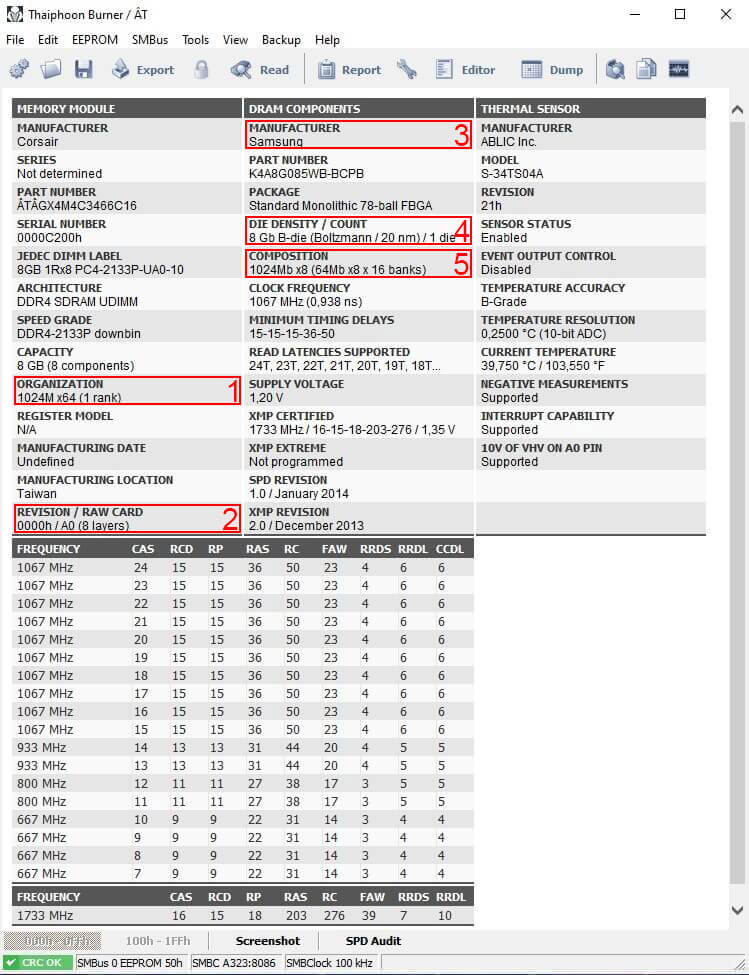
- This will tell you the amount of IC ranks on your PCB. You want one rank, so the ICs are located on one side of the PCB.
- This will tell you the PCB quality. AO is the preferred PCB for extreme overclocking.
- This will tell you the manufacture of the ICs.
- This will tell you the version of the IC and the total count per PCB.
- This will tell you the size in MB for each IC. 1024 MB means one rank of 1024MB ICs per PCB.
So, in short, I have Samsung B-die in a single rank configuration of 1024 Mb IC's and an A0 PCB. With a total of 8GB per stick with four sticks, a total capacity of 32GB.
PCBs.
There are several PCBs for DDR4 some will be better for overclocking than others.
- A0: The JEDEC original stock PCB, single rank(so only ICs on one side of the PCB) with a stock speed of DDR4-2133. The IC's are evenly spread under the heat spreader. And is the favourite PCB for extreme overclocking.
- A1: JEDEC stock PCB for DDR4-2400 and has an ECC sibling called D1. Not very popular with overclocker there for rarely used on high-end RAM kits.
- A2: JEDEC stock PCB for DDR4-2666. Commonly used with RGB RAM kits. A good PCB that has some issues with 2 DIMM motherboards.
- B*: Respective JEDEC spec as with the A-series. These are not good overclockers and are dual-rank(IC's on both sides of the PCB) PCBs.
- C0: JEDEC spec DDR4-2400 with larger IC's. Little is known about overclocking potential.
ICs.
There is a wide variety of ICs by the three main manufacturers of IC's. Listed below are known ICs that are known to overclock. But some will do better than others. If your ICs are not listed below, they will most likely overclock poorly. Reference the linked DDR4 Overclocking Wiki for more specific details for specific IC's. Below is a list of ICs with a good overclocking potential mileage that may vary on the specific IC. For a more accurate list of DDR4 IC's please visit this Reddit article for a more in-depth picture of all available IC's: Reddit DDR4 IC listing.
- Samsung B-die: The best ICs you can get for Intel or AMD builds. Scales well with voltage and does very well on tight timings and frequency 4000Mhz +. Save voltage for DRAM 1.5v and is the only IC that can safely run this voltage 24/7.
- Samsung E-die: Good ICs for Intel builds. Does not scale well with higher voltage but can reach frequencies higher than 4000Mhz. Save daily voltage for DRAM is 1.45v.
- Micron E-die: Good ICs for Intel and AMD. Scales well with voltage and can reach frequencies higher than 4000Mhz. Save daily voltage for DRAM is 1.45v.
- Hynix AFR(A-Die): Good ICs for Intel builds. Scales well with voltages and can reach frequencies up to 4000Mhz. Save daily voltage for DRAM is 1.45v.
- Hynix CJRC-Die): Good ICs for Intel and AMD builds. Unknown voltage scaling but can reach speeds up to 4000Mhz. Save daily voltage for DRAM is 1.45v
| Expected Frequencies* | ICs | ||
| 4000 Mhz or higher | Samsung B-die | ||
| 4000 Mhz or higher | Micron E-die | ||
| Up to 4000 Mhz | Hynix C-die(CJR) | ||
| Up to 3600 Mhz | Hynix A-die(AFR) |
* Manufacturers do bin their ICs so adjust for expectations accordingly. A DRAM kit XMP rated for 3600 Mhz C18 will struggle to reach frequencies above 4000 Mhz unless you are really lucky. On the other hand, a DRAM kit XMP rated for 3600 Mhz C16 is of the finest binning and should only be limited by the maximum frequency your motherboard can handle.
Heat Spreaders & Temperatures.
For overclocking this will be vital as well as airflow to remove heat from the heat spreaders. RAM sticks without a heat spreader you will either have to install aftermarket heat spreaders or pass on overclocking. Having heat spreaders is also a good indication if they are meant for overclocking and the quality of the heat spreaders how well they will overclock. So expect to overclock results based on the quality of your RAM kit heat spreaders if your RAM kit comes with internal temperature probes you want to aim to keep them below 50c. ICs can take more heat, but some instability occurs after 50c that you will need to compensate for in more voltages or looser timings.


